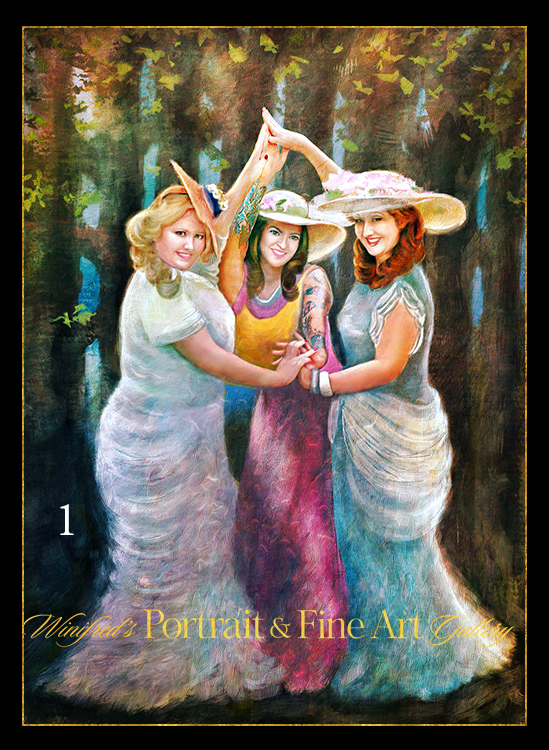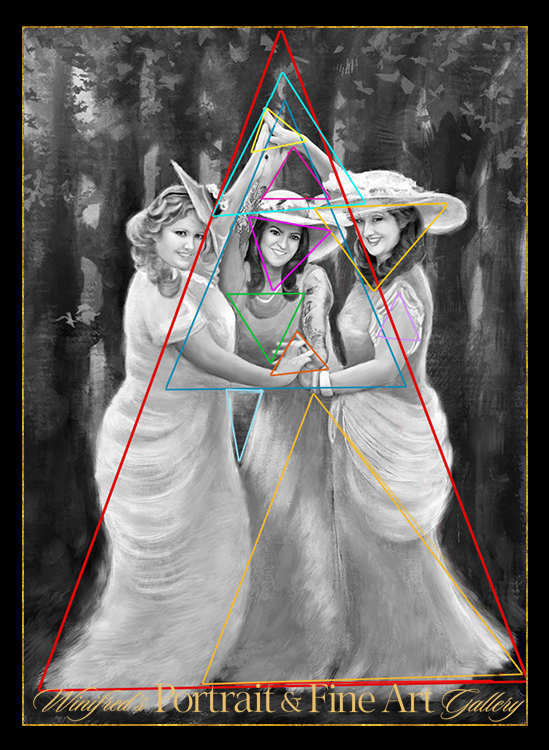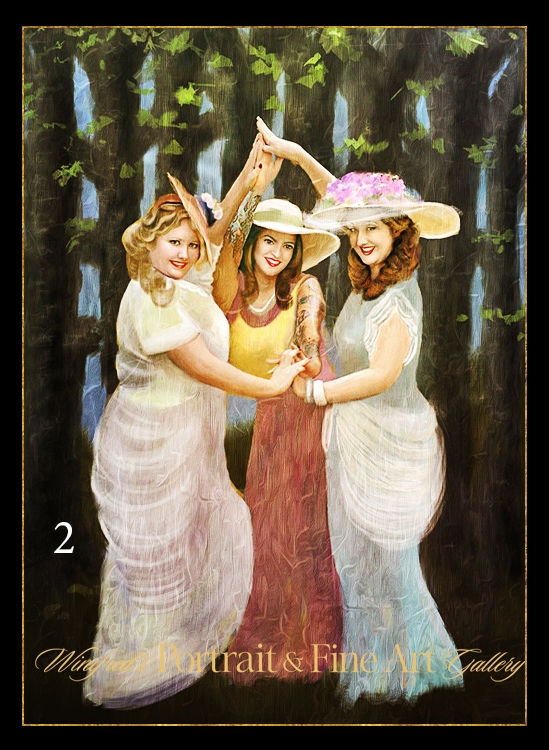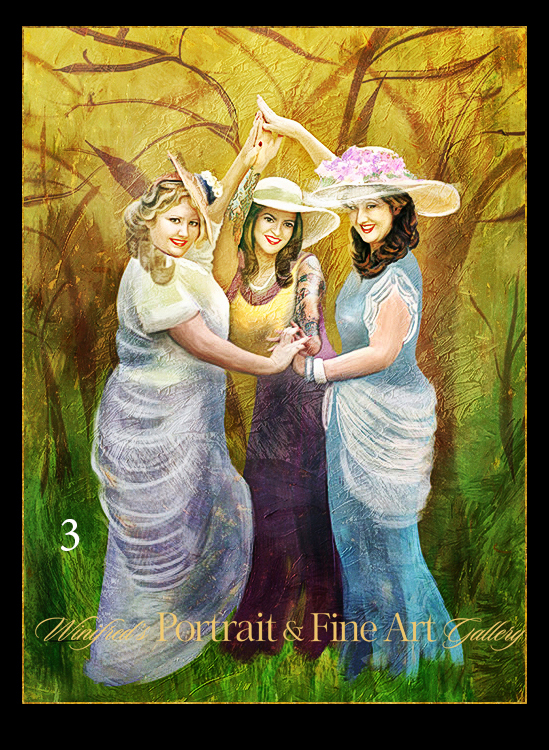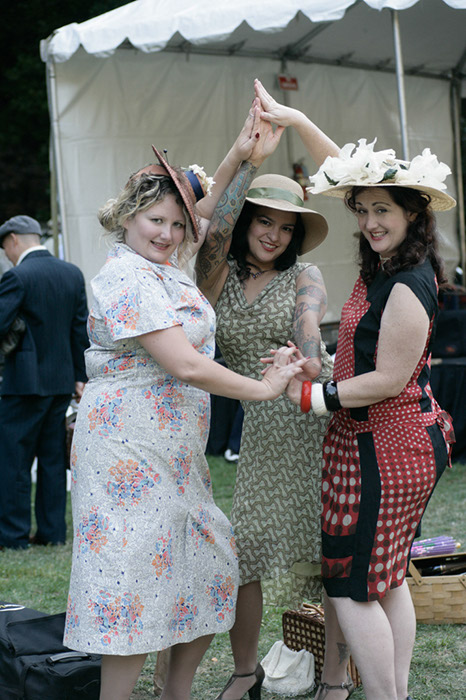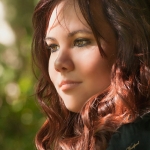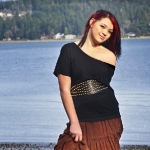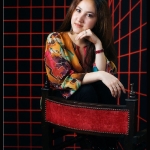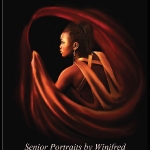A couple of days ago I posted some new paintings on facebook. My take on the “Three Graces” which I will share with you in several variations, including the reference image.
In addition to enjoying them, a artist friend Cyndi Hornsby noticed that there were so many triangles contained within the composition “8 or 9 at least” she said. I certainly found the forms very pleasing but had honestly not paid attention to the triangles. And then I did. WOW!!
I went to internet and picked up a few quotes which I think aptly apply.
Triangular Composition
- The triangle is used as a tool in composition to indicate the important elements in a work of art. The artist will create the primary subject inside the boundaries of a large imaginary triangle. The viewer will intuitively be drawn into the important elements of the picture through the use of triangular composition. There may be smaller triangular compositions that complement the main subject. There are no rules as to the size or placement of the triangular composition.
-
Simple geometric shapes within a painting or photograph can help strengthen the composition. A triangle is one of the strongest compositional shapes, as it can add a sense of visual unity. In essence, a triangle is a closed curve incorporating at least one diagonal. Since the curve is closed, it won’t lead the eye outside of the frame. A single triangle in in the middle of the frame can lead to a somewhat static composition, but triangular composition can be found in many famous works of art.
-
The shape of a triangle is made up of two diagonal lines that are anchored on a horizontal line. In a painting or photograph, a triangle will guide our eye to the triangle’s three separate points. The image or figure at the peak of the triangle will appear to superior to other images; if the triangle is reversed, the figure at the bottom will appear inferior. A triangular composition can help make an image more coherent and the form appear more dynamic.
`
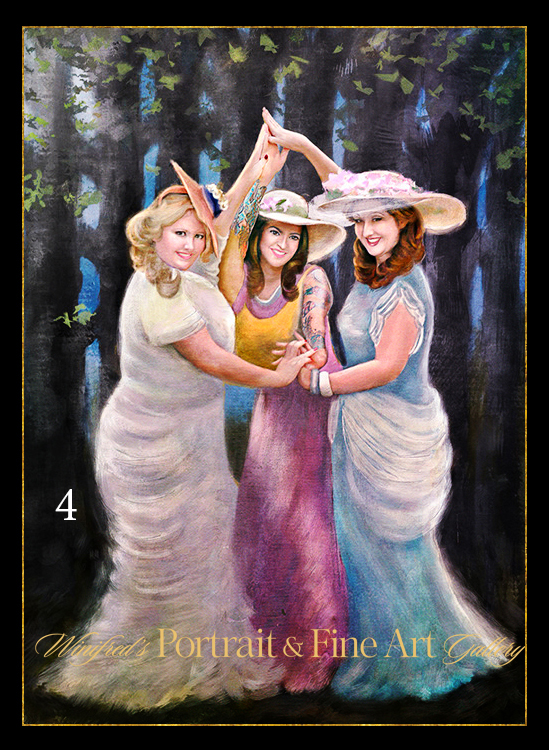 `The original reference image is below:
`The original reference image is below:
`

